The earlier version of this post/thread was removed, along with others, while the site's servers were down for "repairs." Subsequent to that, there were technical difficulties that lost the thread completely. This reconstructed, revised edition includes facets from another forum to retrieve the photo album and supporting narrative. Some duplication was necessary to put this reference back together again.
"Over the past two years, I have commented on them when asked, and have assembled an album of various designs for my personal Trapping Reference Library - and to share with all trappers who may have an interest in making and using them.
Let me preface this commentary with the fact that I am by no means an expert, authority, or long term muskrat float trapper, although I have used them. My interest in them has been more out of curiosity to catalog the ingenuity of designs through research and to compliment my Trapping Library for the benefit of younger trappers who wish to explore their use as a methods option.
Here is a compilation of several different muskrat float images taken from internet resources and cataloged for this ongoing library. None of them are mine! Every attempt was made to credit and cite the individual makers and owners of those illustrated - many with permission through personal contact. I made a few "floats" as a kid 50 years ago - very crude, and not near the caliber of these. And, a couple over the years since then. I will continue to catalog additional muskrat float variations as they show up to add to this journal, including those that surface as they come in response to this post.
These floats can be anchored from the unit to the bottom using a weight, or stake, with wire , cable, or chain for attachment - a personal preference dependent upon the substrate in a given location and the ease of installation.
An often asked question is if floats can be used in rivers. In my opinion, yes, if you can keep them out of the heavy currents, along the edges, or in backwater areas. The biggest concern for using them in a river environment would be the potential for extreme fluctuations in water levels from heavy rain in the watershed, or from hydroelectric operations between dams and navigational locks, if that may be the case in your situation. Anchoring where wide fluctuations in water levels is a factor, a slip noose of some configuration is used on a solid, tall enough stake for the depth to the float to a accommodate that variation.
Tidal marshes undoubtedly have their own unique water level considerations. Maybe some of the larger river, or tidal marsh trappers here have made extensive use of them in their unusual trapping environments and can elaborate on their utility and how they anchor them in those conditions.
I used them many years ago in the quiet waters of wide ditches, farm ponds and in cattail marshes just to see if they "worked." They have their little niche in the muskrat trapping drama, but are cumbersome to handle, transport and anchor. They would not be a desirable consideration for my rat trapping methods, but I have a couple in case I may ever want to use one for that rare application.
The use of brand new wood for floats often arises. For the "wooden" framed floats, it would be best to use "aged" wood if you can locate some scrap lumber already in that condition. To weatherize it from scratch as new wood may take longer than you think. If new wood is your only option, get some cheap black, brown, or dark green spray paint at the "dollar" store and dust it after construction. Or, you could get a wood stain with a color of your choice and swab it down to cover the light wood.
Another major consideration is their high visibility for potential theft. With the thoughts of minimizing a float's visibility, reducing theft potential, and increasing attractability for the rats, camouflaging could easily be incorporated into to them. Although, some trappers using those with the colorful flotation foams, claim the bright colors are actually a bonus as a sight lure for the rats to check out the float. Experiment, observe and learn!
Any of these designs could be readily adapted with camouflage, using a little ingenuity, to accommodate a natural looking covering from local vegetation, or shoreline debris to match the surroundings as much as possible if so inclined. Possum Skinner's float is a prime example of "hiding" the structure with a reed mat, as well as providing a more natural look that may be more attractive for muskrats to investigate and to minimize visibility as a deterrent for theft.
Your comments, suggestions and photo contributions to enhance this portfolio and thread's revisions are invited since the earlier comments were lost during the the period of the server corrections.
The dimensions for these can be estimated by using the traps as a reference for extrapolation to measurements."
#1 - "Mingo" Rat Floats - Canada

#2 - "Mingo" Closeups

#3 - "ADC" Rat Float
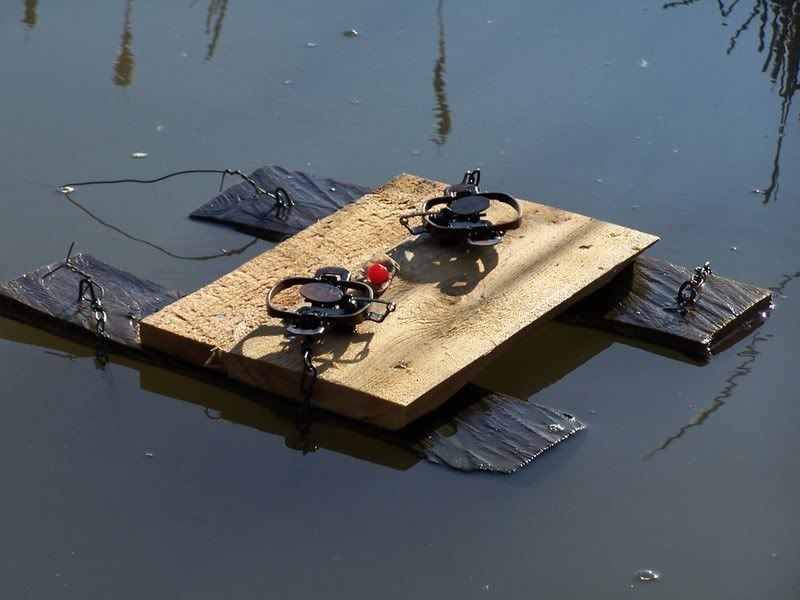
#4 - "CJ" Rat Float

#5 - "Animals Only" Rat Float - #1
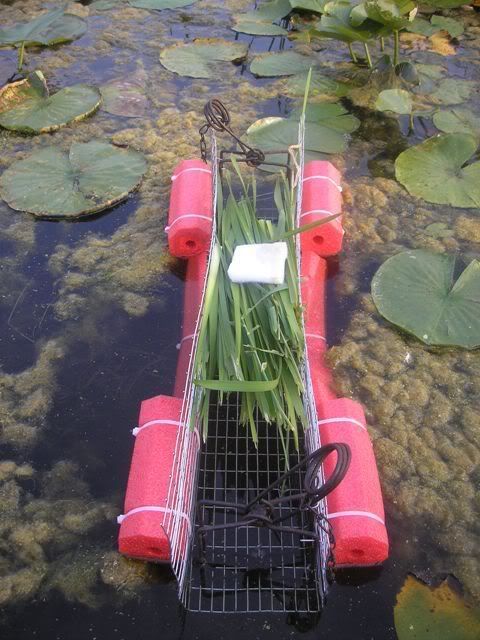
#6 - "Animals Only" Rat Float - #2
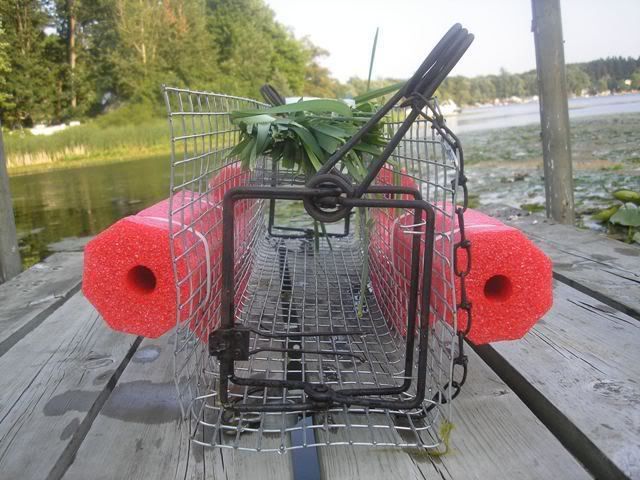
#7 - "Freeburg Trapper" Rat Float

#8 - "Keith French" Rat Float
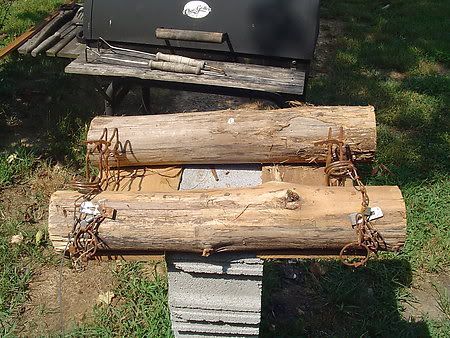
#9 - "Fishguts" Rat Float - #1
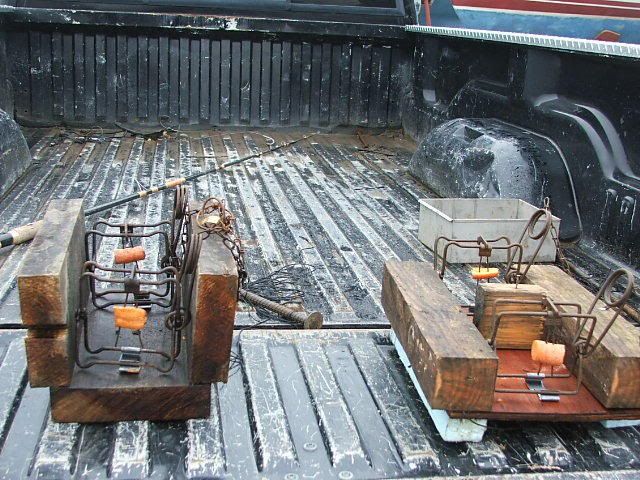
#10 - "Fishguts" Rat Float - #2
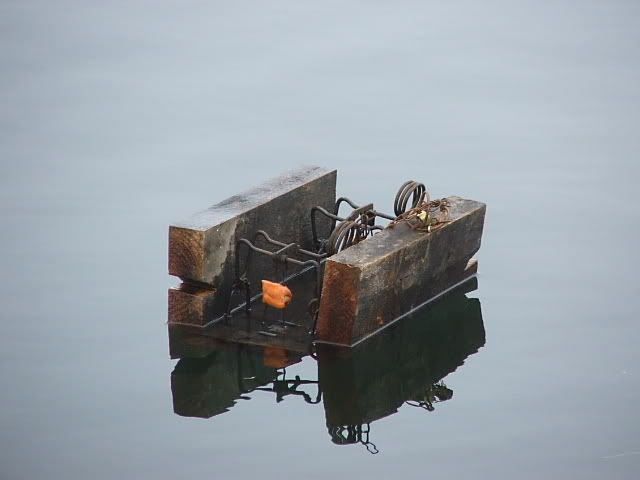
#11 - "Fishguts" Rat Float - #3
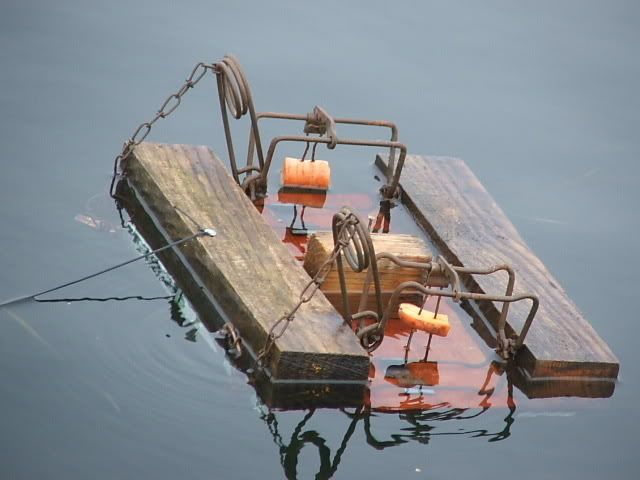
#12 - Unknown 4-Way Rat Float

#13 - Unknown Rat Float - #110's
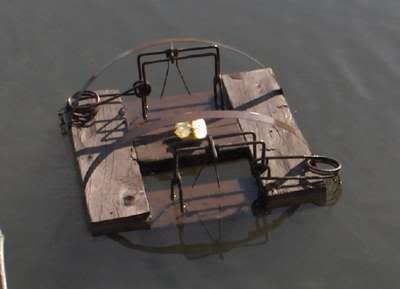
#14 - "Youngcoon" Rat Float
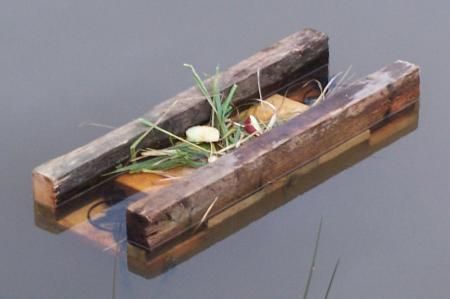
#15 - "Possum Skinner" Rat Float - #1
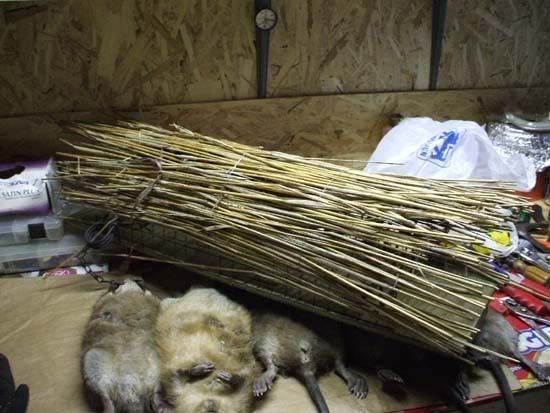
#16 - "Possum Skinner" Rat Float - #2
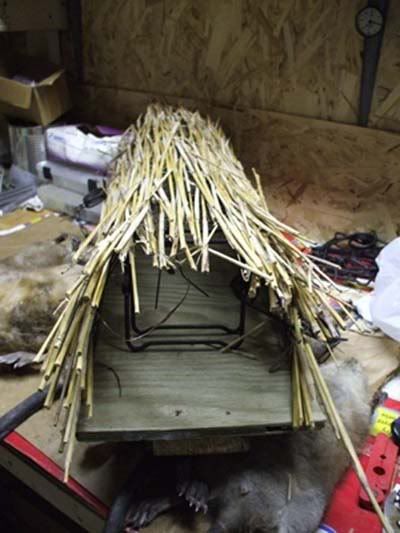
#17 - "Possum Skinner" Rat Float - #3
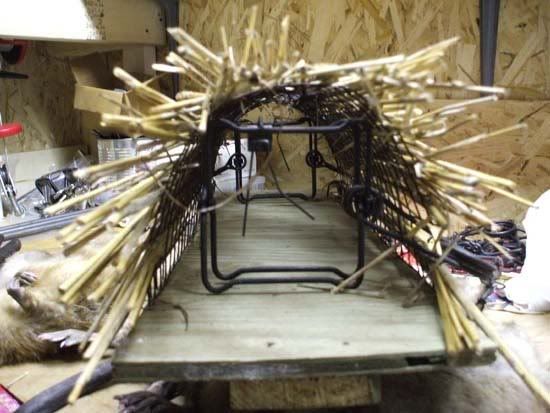
#18 - "Bak2trappin" Rat Float
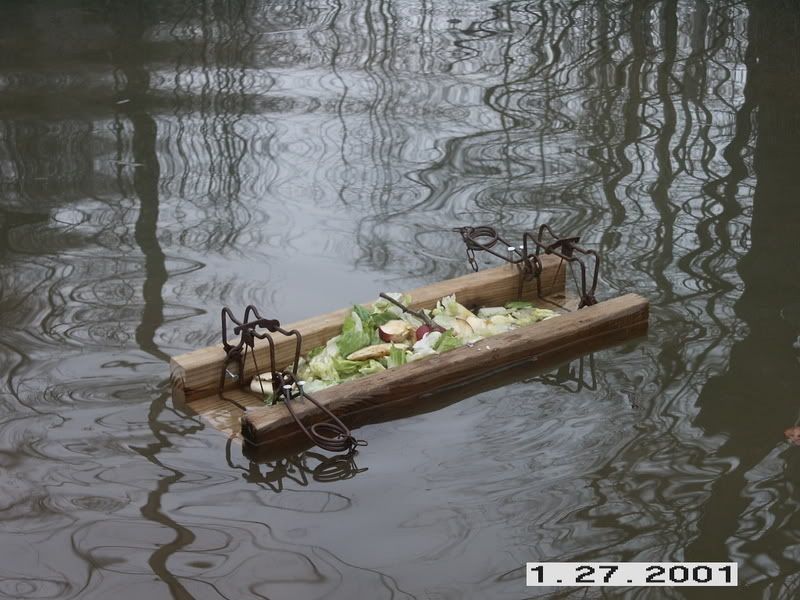
#19 - "Northcountry" Rat Float - #1
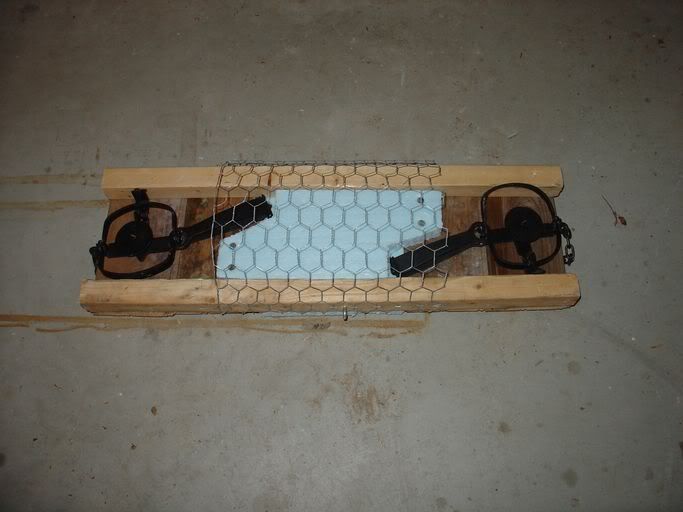
#20 - Northcountry" Rat Float - #2
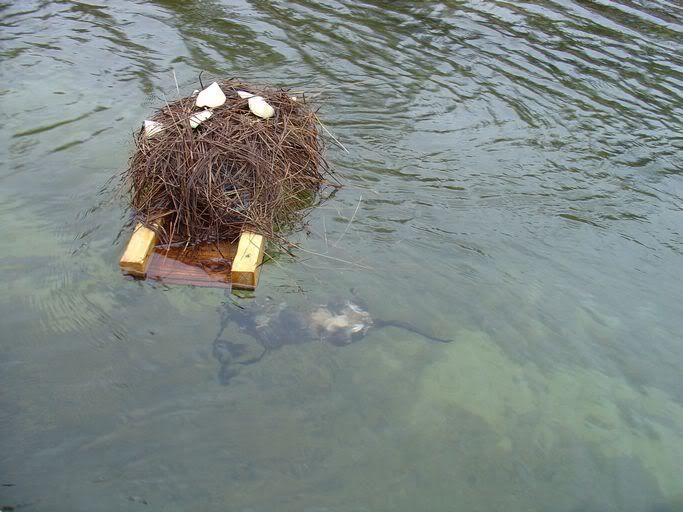
#21 - "trapper_max" Rat Float - #1
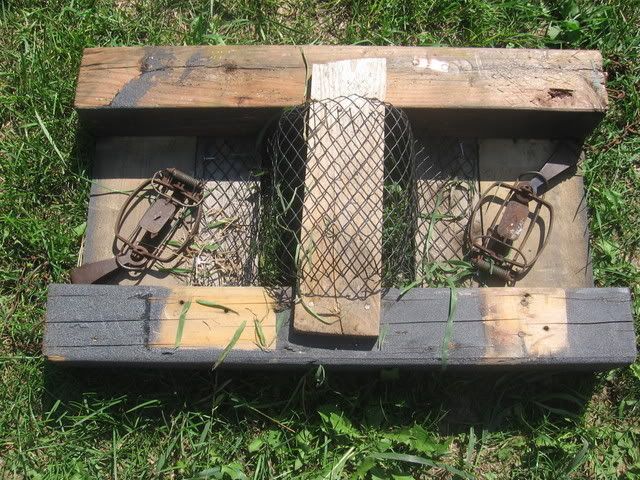
#22 - "trapper_max" Rat Float - #2
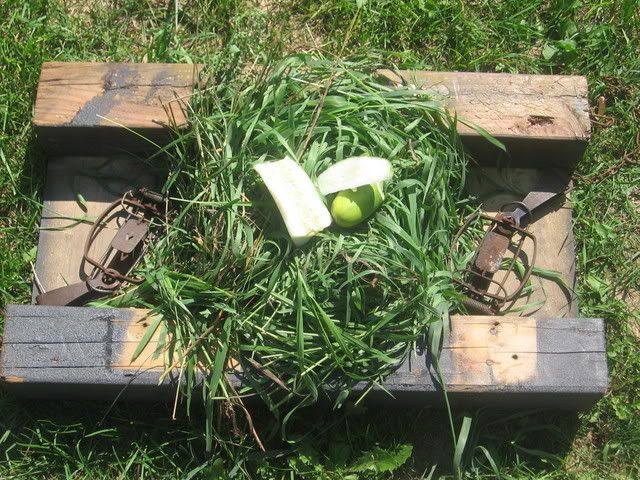
#23 - "pigtrapper" Rat Float
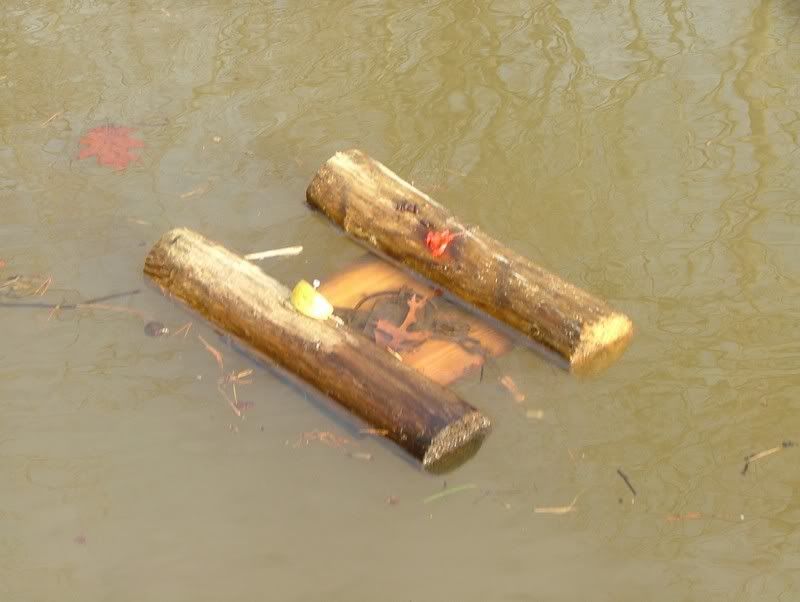
#24 - "Sprytle" Rat Float - #1
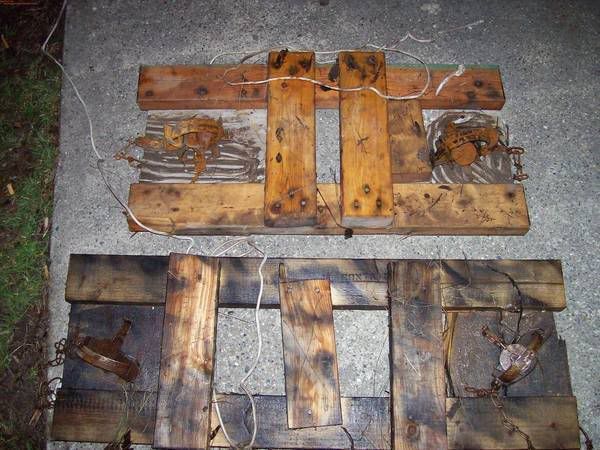
#25 - "Sprytle" Rat Float - #2
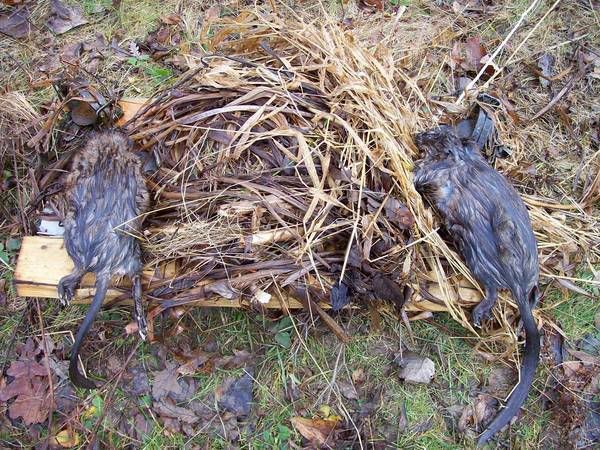
#26 - "WalkonWater" Rat Float - #1
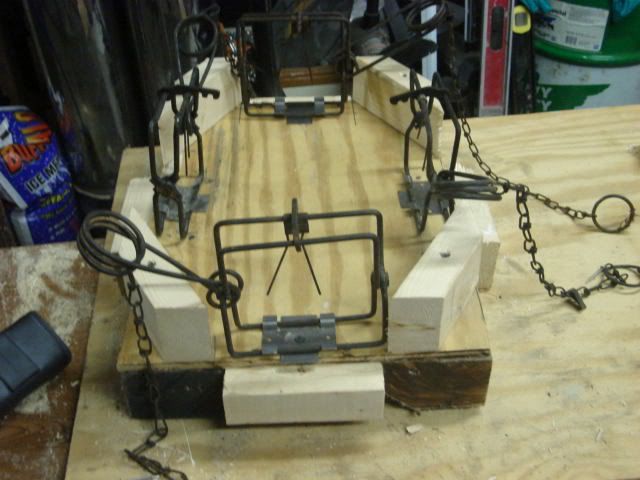
#27 - "WalkonWater" Rat Float - #2
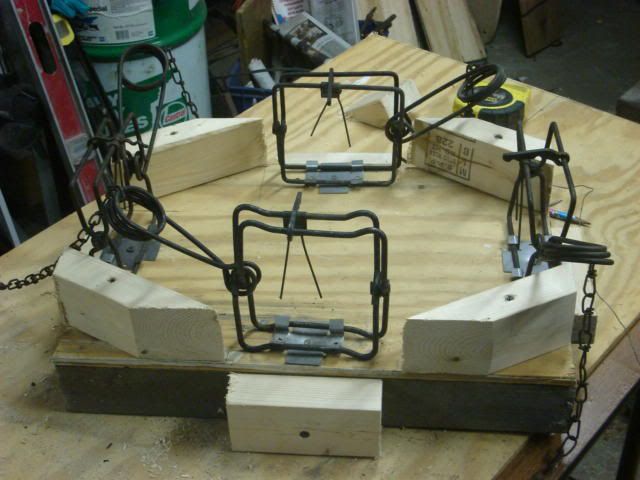
#28 - "WalkonWater" Rat Float - #3

#29 - "madtrapper" Rat Float
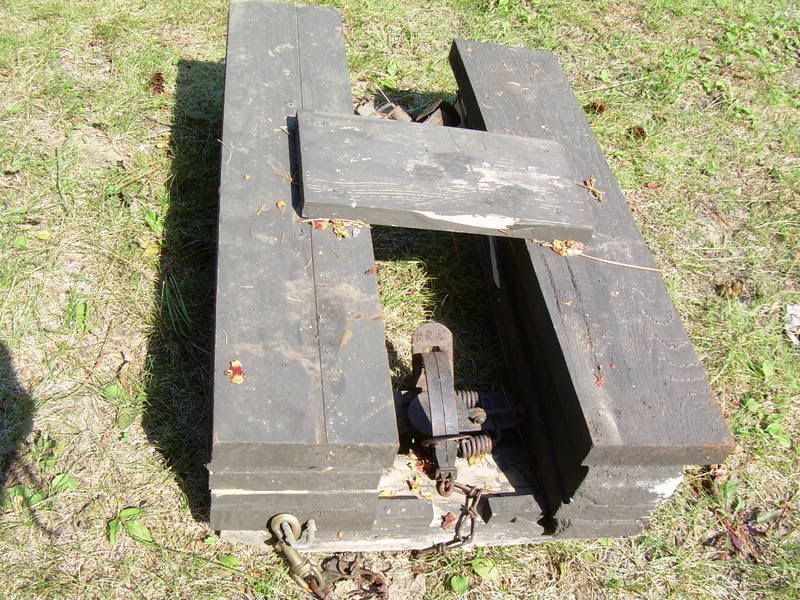
#30 - "Cumbtrapper" Rat Float - Canada
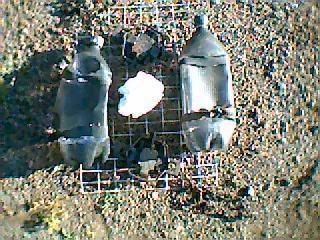
#31 - "Riley Johnson" Rat Float
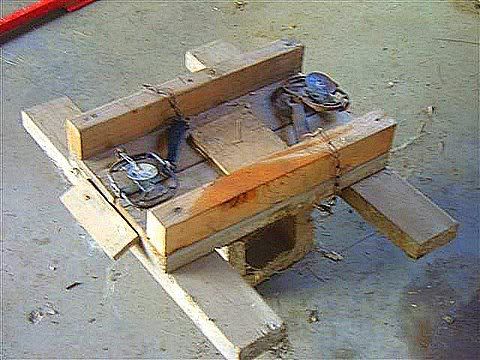
#32 - "Casey" Rat Float

#33 - "Ketchikan" Colony Float #1
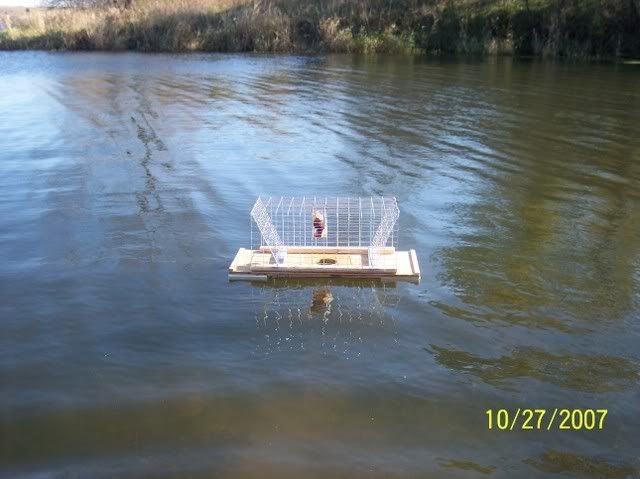
#34 - "Ketchikan" Colony Float #2
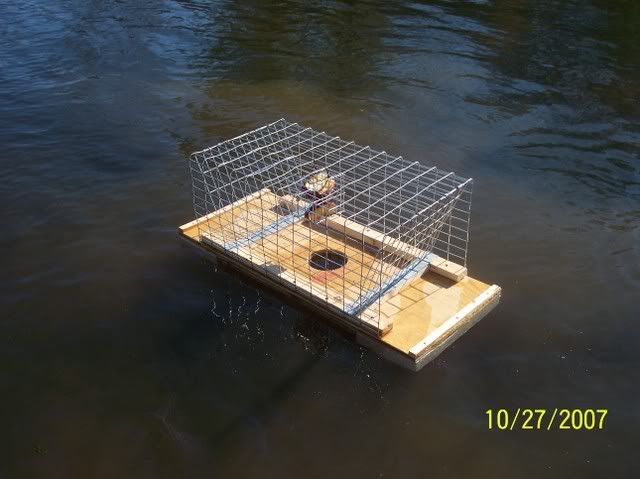
#35 - "Ketchikan" Colony Trap Float #3

#36 - "Ketchikan" Colony Trap Float #4

#37 - "Ketchikan" Colony Trap Float #5








































